Does Shea Butter Clog Pores? Unpacking the Myths!
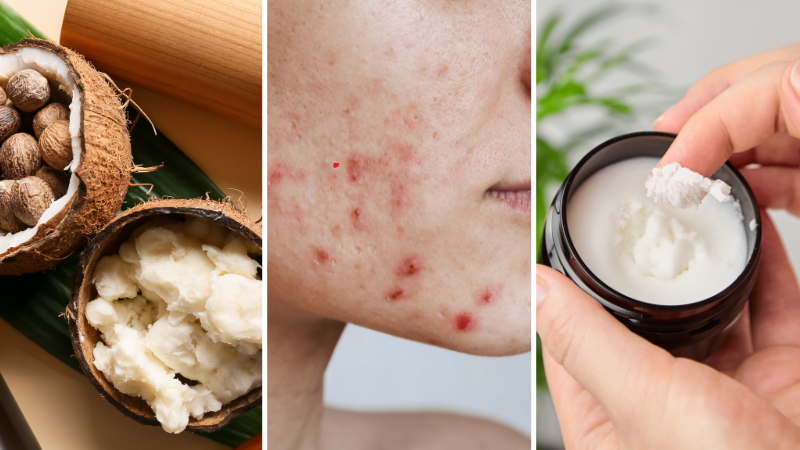
I only recommend products I love and I think you will, too. If you click on links I provide, I may receive a little compensation. Learn more.
Ever slathered shea butter on like there’s no tomorrow, only to stop mid-smear and wonder, “Is this going to turn my face into a pizza?” 🍕 Don’t worry, you’re not alone!
Skincare is a world filled with myths, legends, and, well, lots of shea butter. Sorting through all of this can feel more complex than choosing a Netflix show on a Friday night.
Before you toss out your tub of shea butter or declare it the holy grail, take a breath. We’re here to demystify these oily skin myths, especially when it comes to shea butter’s comedogenic rating, so you can keep aiming for that radiant complexion without the stress zits.
Does Shea Butter Really Clog Pores?
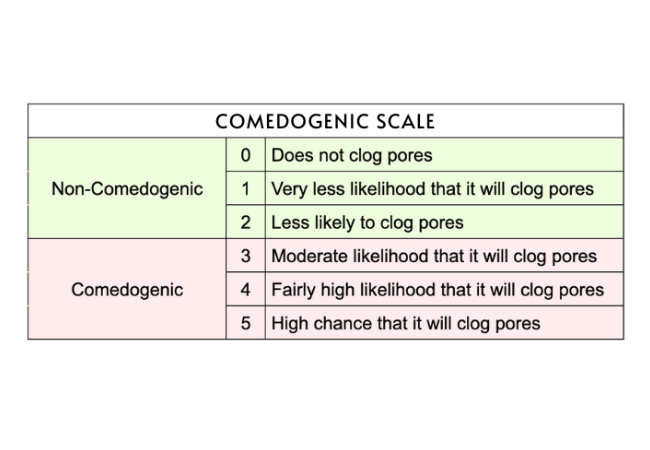
Straight off the bat: Nope, absolutely not! Shea butter has a comedogenic rating of 0 on a scale of 0-5, meaning it’s highly unlikely to clog pores for most people.
Is Shea Butter a Green Light for Acne-Prone Skin?
Now, here’s where it gets spicy. Shea butter is okay for acne-prone skin…kinda. It’s rich in anti-inflammatory properties, which means, in theory, it should soothe acne, not exacerbate it.
But (and it’s a big but), everyone’s skin is a unique snowflake. Due to its thick, creamy texture, some may find it too heavy, potentially worsening acne.
Can you use shea butter on oily skin, then? Sure, in moderation. The key is to listen to your skin. If it feels too greasy, or if you’re doubling down on your blotting paper, maybe scale back.
Who should use shea butter?
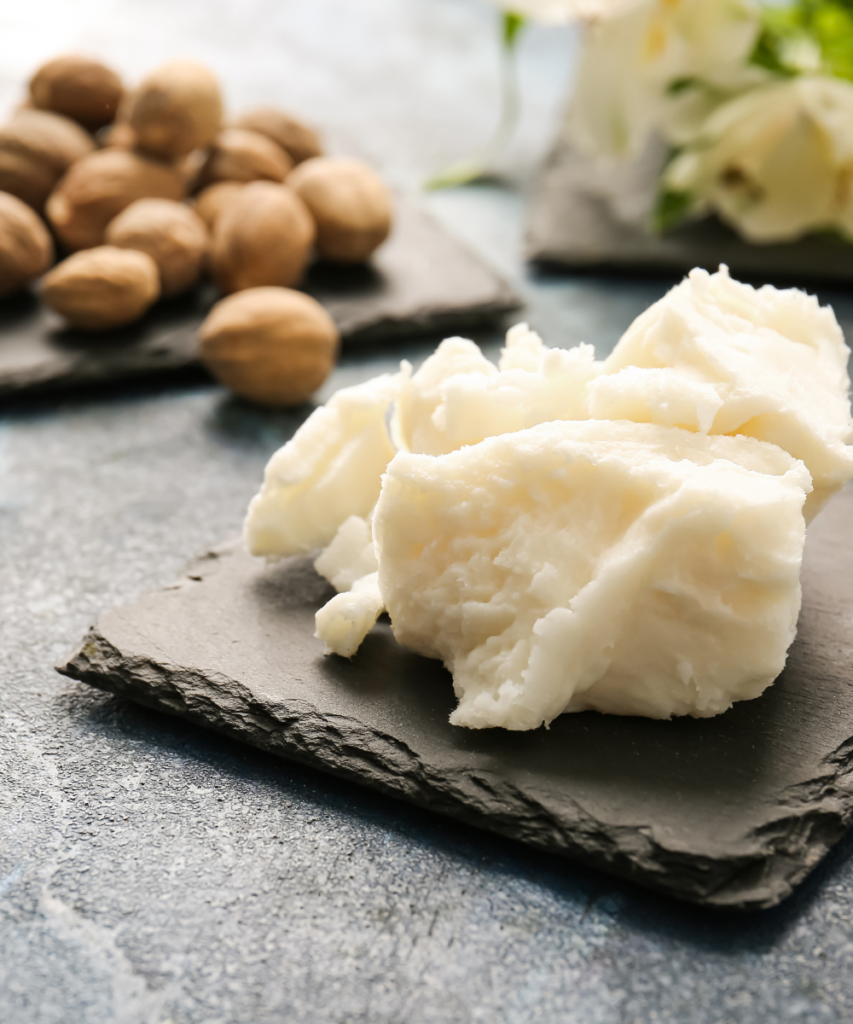
Dry and normal skin types, come on down! You’re the lucky winners who can probably use shea butter without second-guessing. As for our oily and acne-prone friends, don’t despair. You can still join the party — just with a patch test invitation first.
How to use Shea Butter on the Face?
“Apply generously before bed and wake up as a glazed donut,” said every skincare enthusiast ever. However, with shea butter, think more “less is more.” After cleansing, take a tiny amount and warm it between your fingers before dabbing it gently on your skin.
A small amount goes a long way, especially on the face. Bonus points if you apply it to damp skin to seal in extra hydration!
Seeking Alternatives for acne-prone skin?
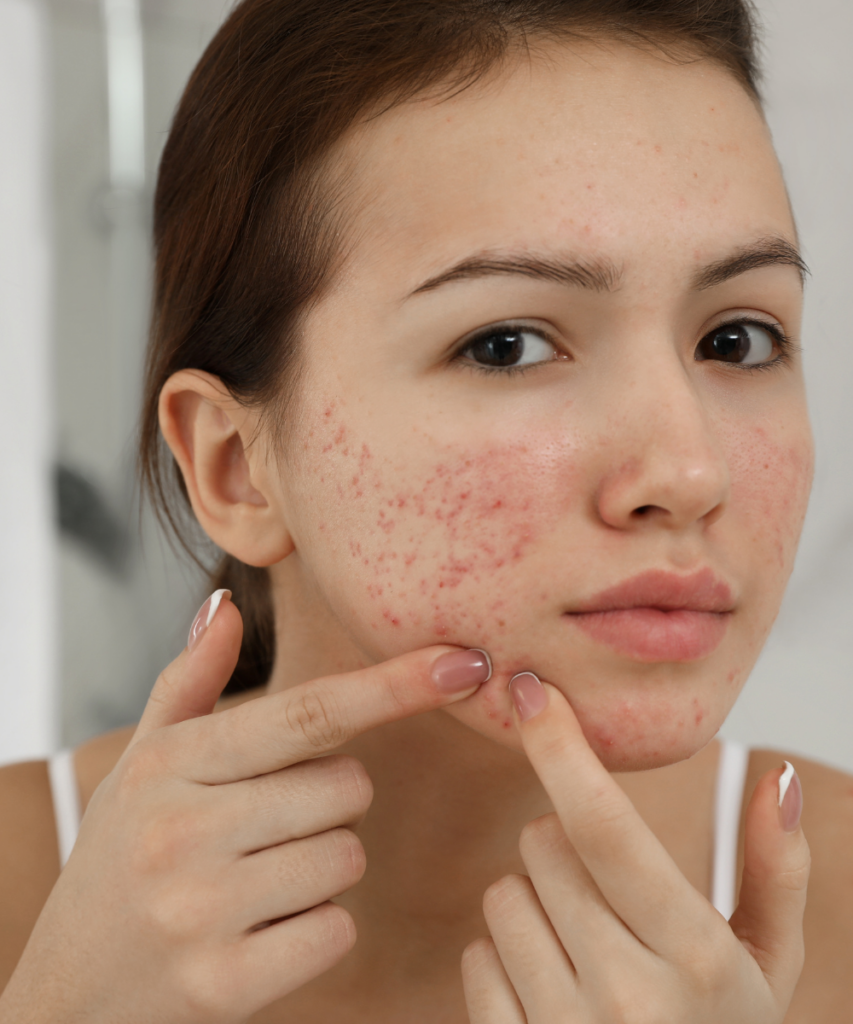
If the thought of using shea butter on acne-prone skin makes you nervous, there are alternatives. Kokum, mango, hemp seed and even some formulations of almond butter can provide moisture without the comedogenic concern.
You can also look for non-comedogenic options like argan or squalane oil that promise moisture without the breakout blues.
Is it good to put shea butter on your face Everyday?
If you’re not prone to acne or oily skin, your love affair with shea butter might just thrive. Otherwise, it might be a see-you-once-in-a-while kind of relationship.
Does shea butter dry out the skin?
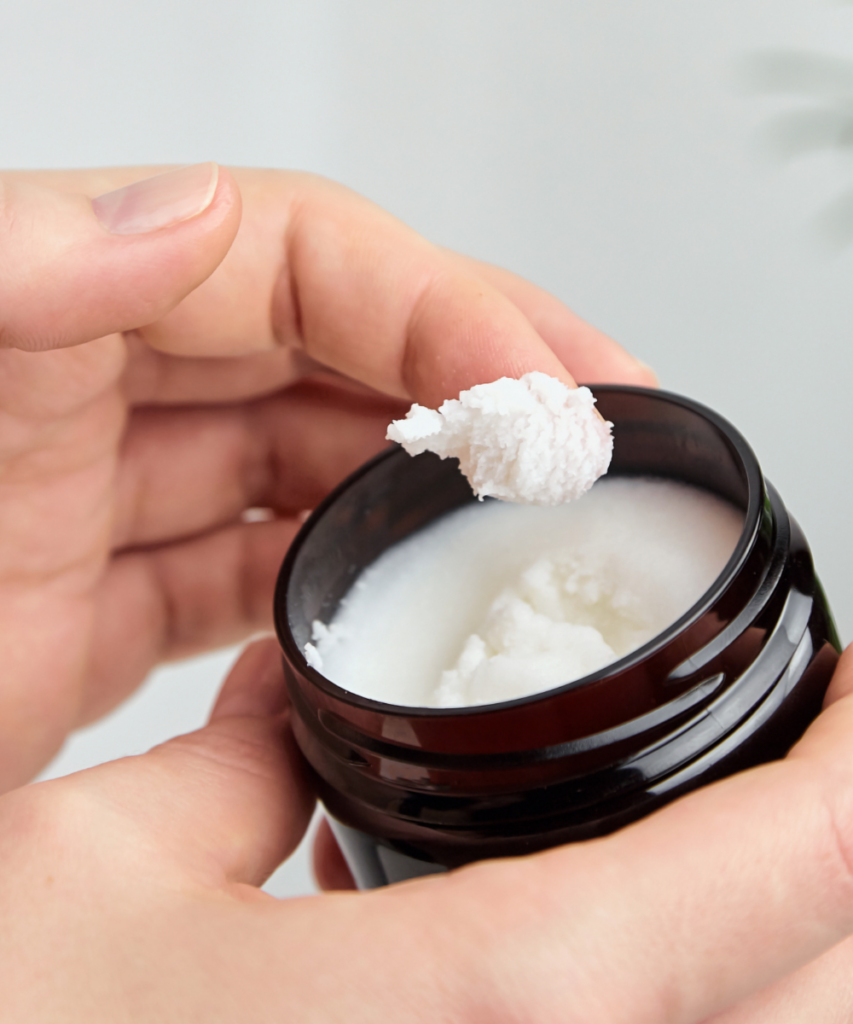
Not at all! Shea butter is jam-packed with vitamins A, E and F and other antioxidants that make up one of the best natural moisturizers, let alone dry out the skin. It contains natural oils that help to balance the skin’s sebum production and is deeply nourishing and helps to keep the skin hydrated.
does shea butter clog pores on legs?
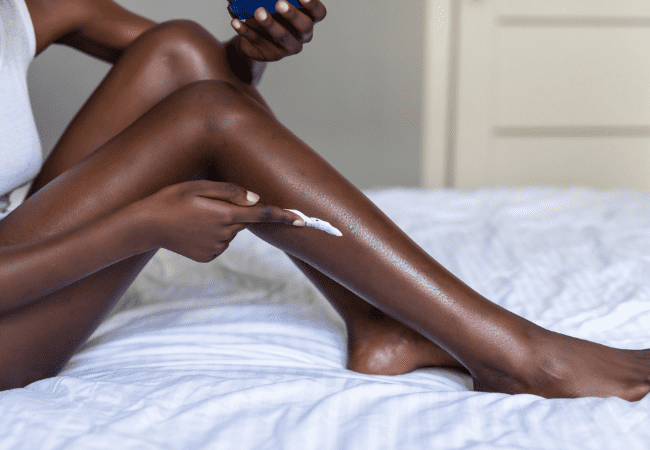
The answer is a resounding no! You might be surprised to learn that shea butter can actually help to prevent clogged pores on your legs. That’s because it’s a natural moisturizer that helps to keep your skin hydrated. In addition, shea butter contains vitamins and minerals that are essential for healthy skin.
When your skin is properly nourished, it’s less likely to develop clogged pores. So, if you’re looking for a natural way to prevent clogged pores on your legs, try using shea butter. You just might be surprised at the results!
Can shea butter worsen acne?
Despite its off-touted hydrating and anti-inflammatory properties, shea butter can clog pores and trigger breakouts due to it’s thick texture, worsening the situation even more.
The Final Verdict – does shea butter clog pores?
When we talk about non-comedogenic butters, shea butter tends to sit in a grey area. It’s not the clearest yes, but it’s also not a hard no. For those in the acne-prone camp, alternatives like cocoa butter (also sitting ambiguously on the comedogenic scale) might not be the best bet. Instead, aim for clear-cut contenders like the aforementioned mango or hemp seed butter.
In the enchanted world of skincare, shea butter shines as a versatile character. Yes, it might bring drama for some, but for others, it’s the hero of hydration. Like any good plot, understanding your skin’s narrative is fundamental.
Armed with knowledge (and a dab of shea butter?), you’re ready to pen the next chapter in your skincare saga, hopefully filled with fewer plot twists and more glowy, happy endings. ✨

